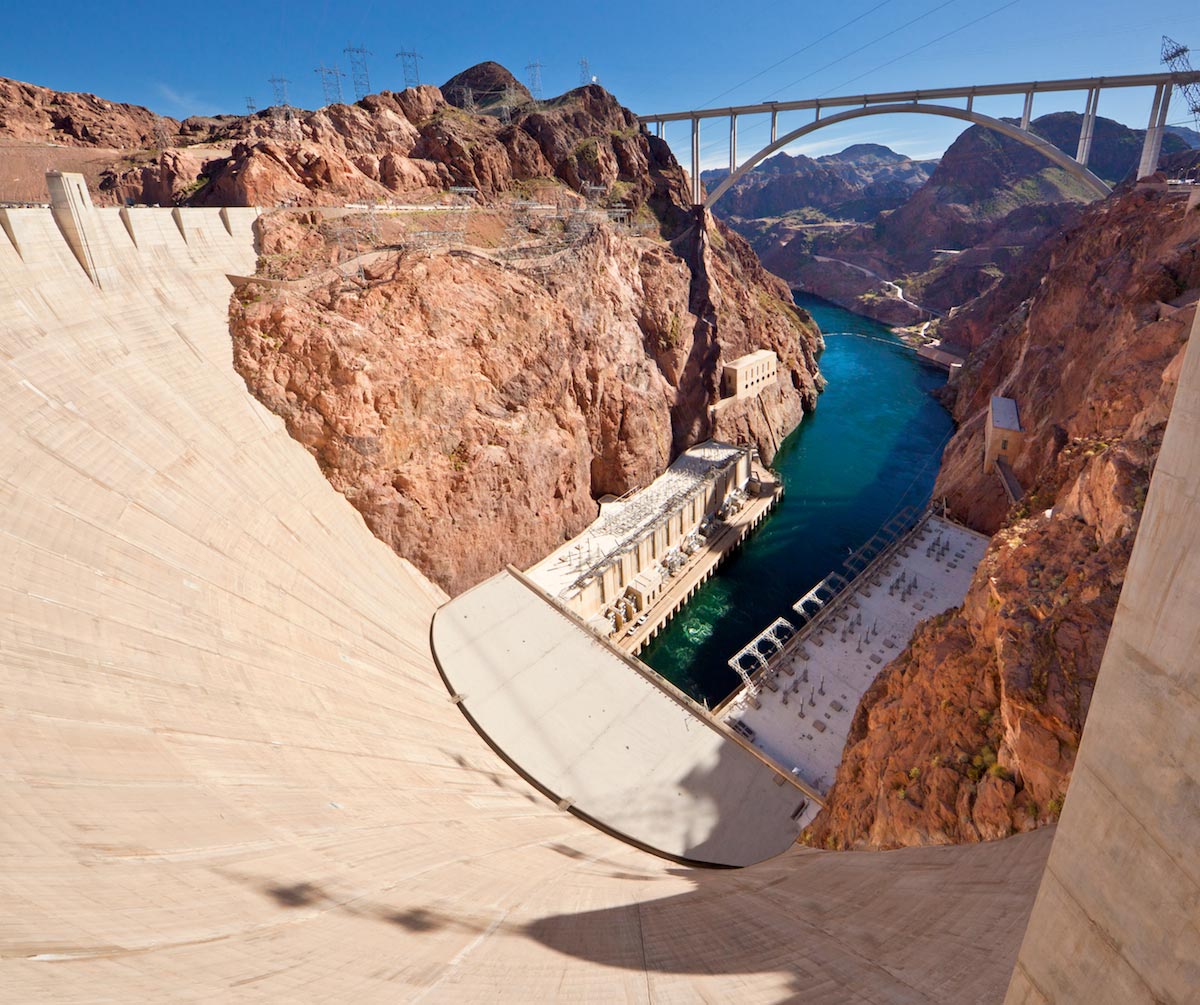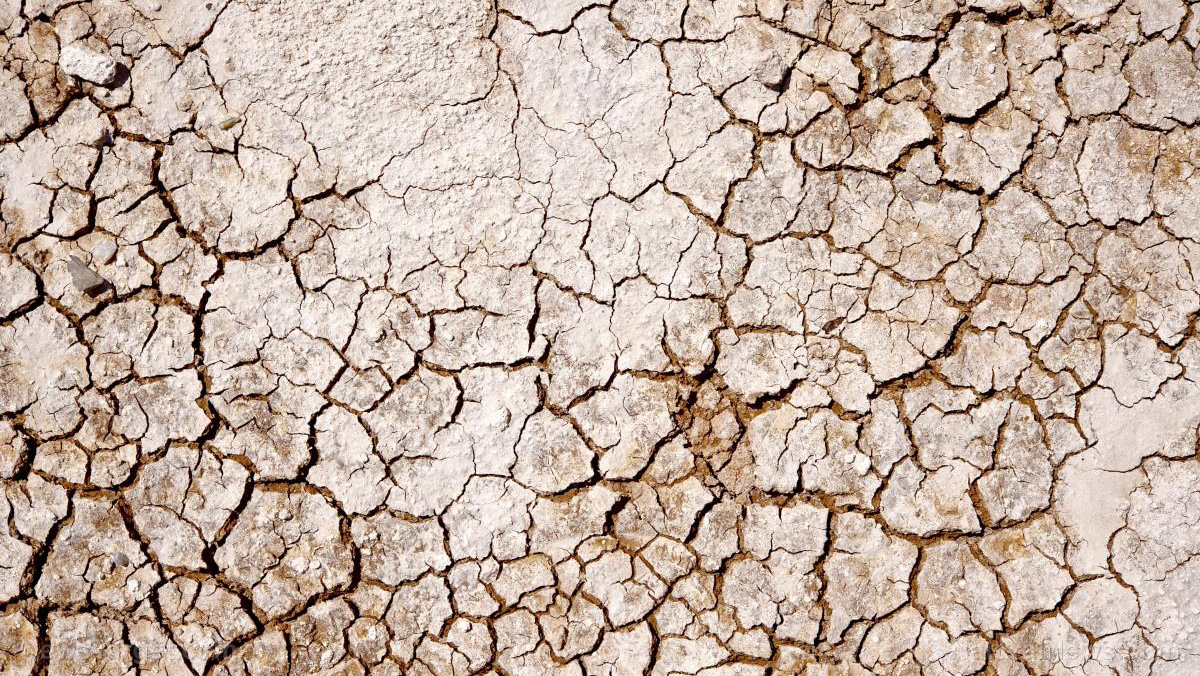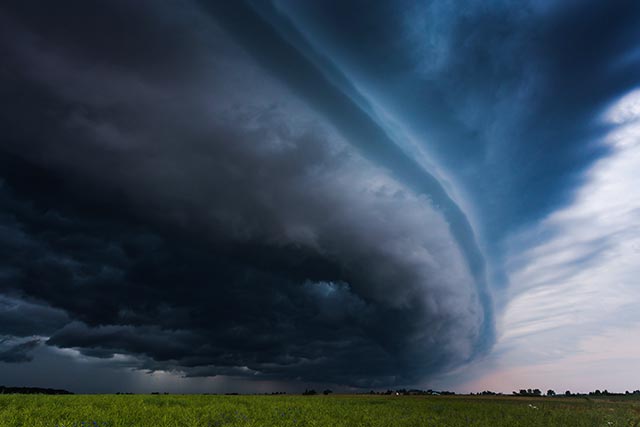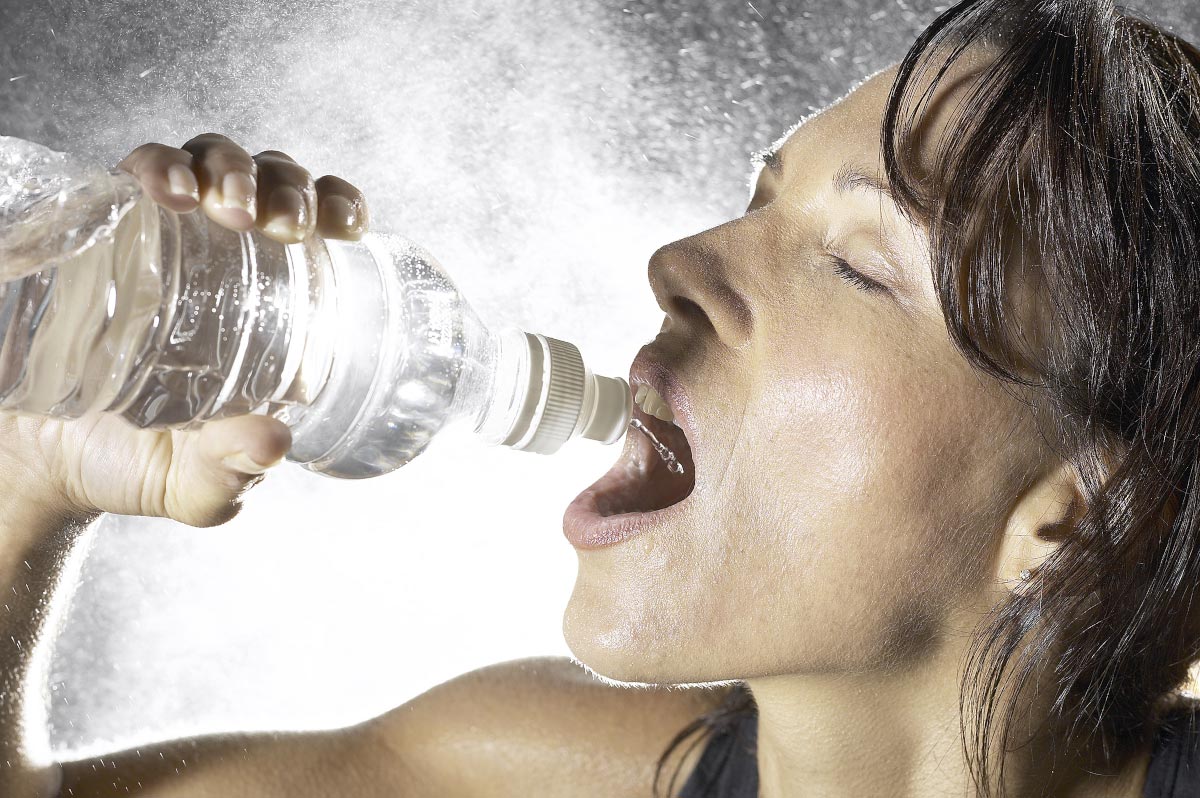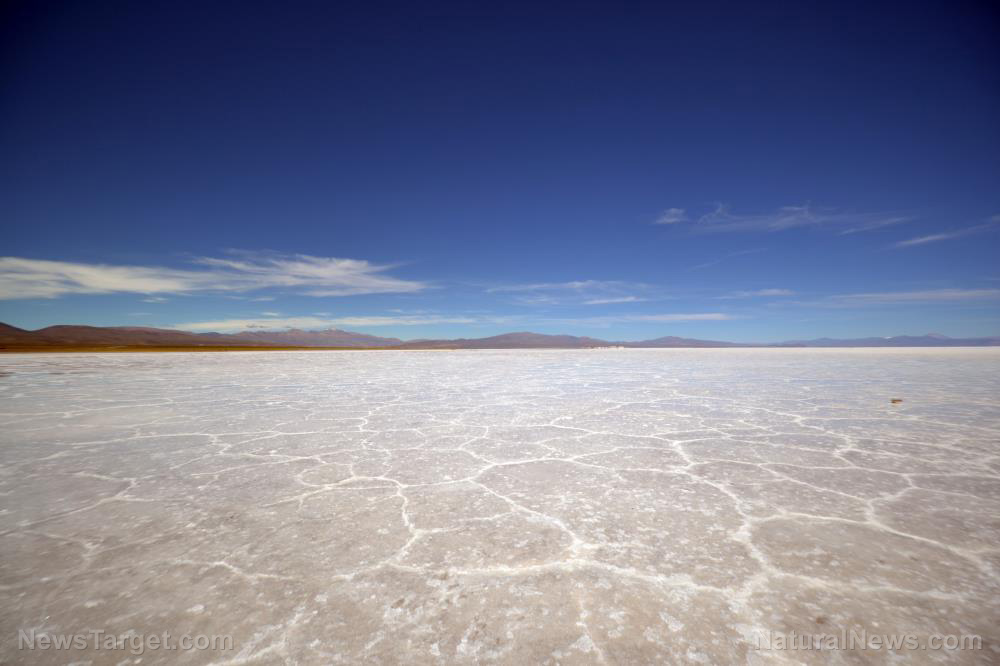
Megadrought affects lake, other species, and human population near area
The current megadrought is affecting not only the Great Salt Lake but others across the western United States as well, worsening the wildfires affecting California and Oregon. Kevin Perry, an atmospheric scientist at the University of Utah said in April this year that he had never seen the water level so low. Perry also warned that the Great Salt Lake could be a repeat of California's Owens Lake, which was pumped dry to accommodate the needs of Los Angeles. It then created a dust bowl that cost the government millions of dollars to tamp down. While the bed of the lake makes it tougher to blow the dust away, Perry is looking into how long the protective crust will last and how dangerous the arsenic could be. The exposed lakebed also means that people venture onto the crust, including off-road vehicles that could damage the area further. Great Salt Lake coordinator Laura Vernon said: "The more continued drought we have, the more of the salt crust will be weathered and more dust will become airborne because there's less of that protective crust layer." Jaimi Butler, coordinator for Great Salt Lake Institute at Westminster College in Salt Lake City said that it is critical to care for the lake. He studies the American white pelican, one of the largest birds in North America, which typically flock on a remote outpost in the lake. With up to 20 percent of bird species nesting on the island, the falling lake levels exposed a land bridge, allowing foxes and coyotes to come across for rodents and other food, frightening the birds into fleeing their nests, leaving their nests and hatchlings to be eaten by seagulls. Pelicans are not the only birds dependent on the lake, either. It is a stopover for many species that journey to the south in the winter. To maintain lake levels, the state would have to decrease the amount of water it diverts from the lake by 30 percent. With Utah being the nation's fastest-growing population, however, there needs to be a shift in perception to address the problem.There's a lot of people who believe that every drop that goes into the Great Salt Lake is wasted,' Perry said.
"That's the perspective I'm trying to change. The lake has needs, too. And they're not being met."
Read more about the weather and climate at ClimateScienceNews.com.
Sources include:
Hoover Dam water levels at all-time low, endangering the power grid in Western states
By Mary Villareal // Share
Obama administration scientist: UN climate report jumps to destructive conclusions
By News Editors // Share
California farms face collapse as unprecedented droughts sizzle crops
By Ethan Huff // Share
Geoengineering and weather modification: The dangers of environmental modification techniques
By Mary Villareal // Share
Safe water storage methods for home emergencies
By Cassie B. // Share
Hamas digs in against foreign force as U.S. "stabilization" plan stalls
By zoeysky // Share
Farmers CLASH with police in Brussels amid fury over EU trade policies
By bellecarter // Share
U.S. inflation cools unexpectedly to 2.7% amid data collection challenges
By bellecarter // Share
Small stores, massive fraud: Haitian duo charged in $7 million SNAP scheme
By jacobthomas // Share
SEC slaps CHARGES on Bitcoin mining mogul over million-dollar fraud scheme
By ramontomeydw // Share
